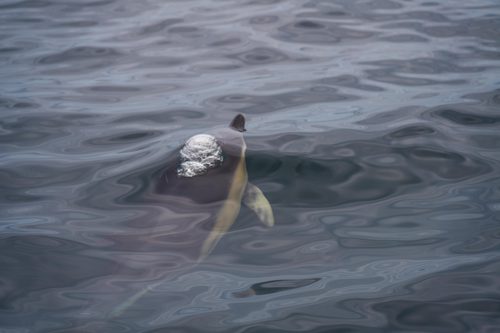

DEFINITION
Youth4Capacity and Climate Words
Featuring: Mark Haver, Luz Gil, and Tunaimati’a Jacob Netzler.
A Marine Protected Area (MPA) is a clearly defined geographical space in the marine and coastal environment, recognized, dedicated, and managed through legal or other effective means to achieve the long-term conservation of nature, ecosystem services, and cultural values.
MPAs can include diverse habitats such as wetlands, bays, coral reefs, and island ecosystems. Similar to national parks on land, MPAs serve to safeguard biodiversity, enhance resilience to climate change, and preserve the natural infrastructure that supports both marine life and human coastal communities.
In addition to conserving marine biodiversity, MPAs contribute to food security, sustainable livelihoods, and the protection of natural barriers that defend coastal populations from erosion, storms, and sea-level rise.

A Short-beaked Common Dolphin breaks the surface to breathe in the Sea of Hebrides Marine Protected Area. Established in 2020, this MPA spans 1,003,900 hectares (10,039 km²) and primarily protects populations of basking sharks and minke whales. Sea of Hebrides, Scotland, 2023.
Photography By Pamela EA
RESEARCH
Ready to dig deeper? Here are some key terms and resources for further learning related to " Marine Protected Area (MPA).”
RESOURCES FOR FURTHER LEARNING
RELATED WORDS
We use cookies to analyze site usage and enhance navigation. By accepting, you agree to our use of cookies. Accept
Subscribe to our newsletter and be the first to get news on climate literacy!

By submitting I confirm that I have read Climate Words’ privacy policy and agree that Climate Words may send me announcements to the email address entered above and that my data will be processed for this purpose in accordance with Climate Words’ privacy policy.